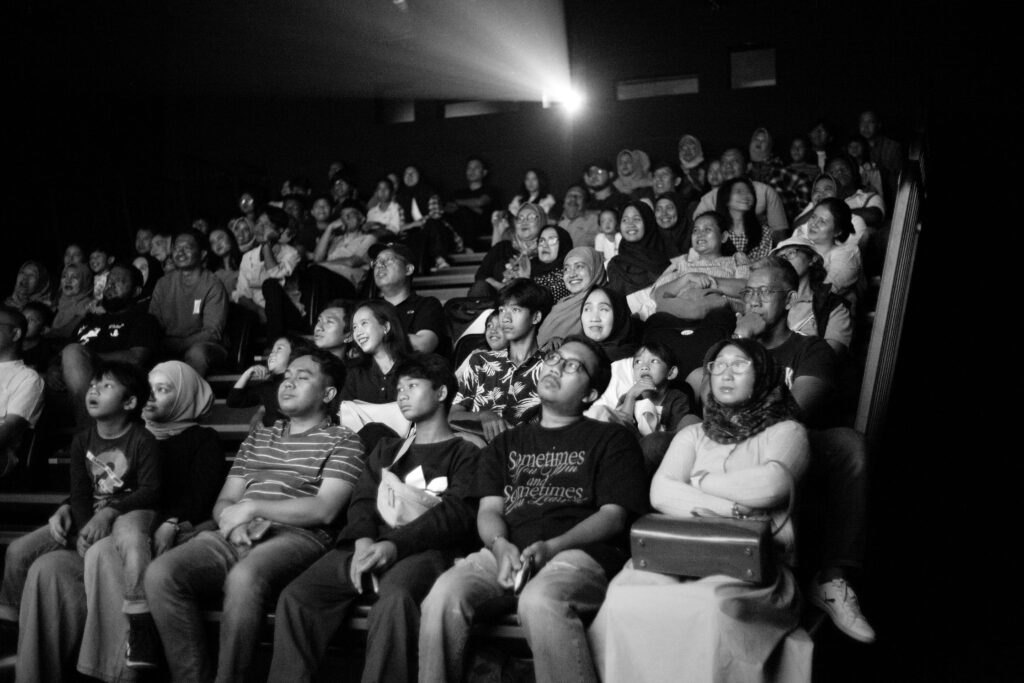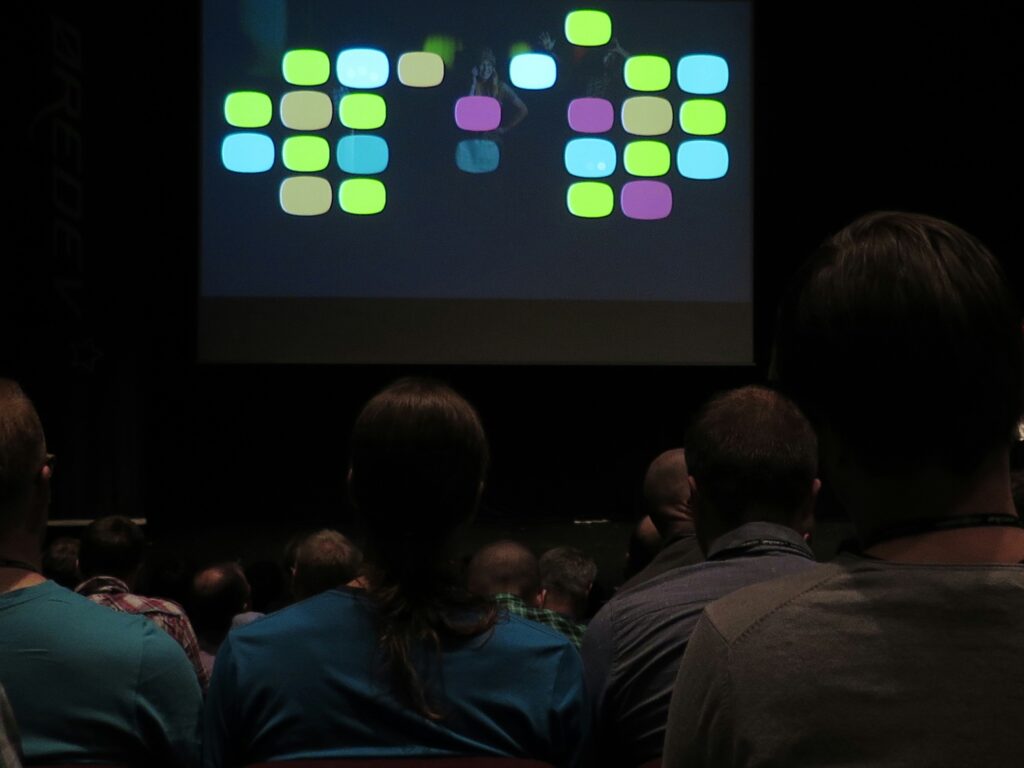Why Feedback Isn’t Optional
Creating content in 2024 requires more than just uploading and hoping it resonates. Great creators know that publishing is only half the process—the other half is listening, learning, and evolving based on feedback.
Content Isn’t a One-Way Street
It’s easy to think of content creation as a monologue, but it works best as a conversation. Your audience isn’t just watching—they’re reacting, engaging, and forming opinions. That dynamic is where growth happens.
- Viewers’ actions send powerful messages—every like, comment, or drop-off counts
- Two-way interaction builds stronger connections and long-term loyalty
- Consistent audience engagement guides your decision-making
Feedback Is More Than Praise or Criticism
Feedback isn’t just about applause or negativity—it’s a tool to get better, sharper, and more aligned with your goals.
- Constructive criticism can highlight blind spots you’ve missed
- Positive comments can clue you into what’s working—and should be doubled down on
- Even silence or lack of engagement can be a form of feedback
Data and Direct Comments: Two Sides of Insight
To fully understand your audience, you need both numbers and narratives.
- Analytics show behavior: watch time, click-through rates, and viewer retention
- Comments and messages reveal sentiment, expectations, and tone
- Each offers a lens into what matters—together, they provide the full picture
Treat feedback not as judgment, but as a compass. Used well, it doesn’t limit creativity—it sharpens it.
Gathering the Right Kind of Insight
Not all feedback is created equal. The obvious stuff—comments, likes, shares—gets all the attention, but the real gold is often hidden in the metrics viewers don’t even know they’re giving you.
Watch time tells you which parts of your video are keeping people hooked and which parts are losing them. Bounce rate—how fast people click away—can reveal when your title or thumbnail over-promises. Comments can spark conversation or highlight confusion. Shares tell you what content people find valuable enough to pass on.
If you want better feedback, ask for it. Be direct: prompt viewers to weigh in at specific moments—”Was this helpful?” or “What do you want to see next?” Use pinned comments or polls. Make it casual, not desperate.
As for tracking, use tools like YouTube Studio for granular watch patterns, TubeBuddy for engagement benchmarking, and even simple Google Forms for direct viewer surveys. Social monitoring tools like Brand24 or Hootsuite give a wider sense of sentiment beyond your channel.
Bottom line: Track both the numbers and the noise. Each tells a different part of the story.
Reading Between the Lines
Not all feedback is loud. Sometimes it’s a pattern hiding in plain sight.
It’s easy to rely on what your audience says—comment sections, DMs, quick reactions. But words can be misleading, or incomplete. The real gold is in what they do. Which videos do they actually finish? Which thumbnails pull the click without disappointment? When people linger longer than usual, or bounce early, they’re telling you something—even if they never write a word.
Start noticing repeating behavior: that 12-minute vlog where your watch time spiked. The story format that got replayed three times more than any other. Most creators miss the signals tucked in retention graphs or sudden drop-offs. They just move on. That’s a mistake.
Silence, by the way, isn’t apathy. It’s often confusion or a missed connection. If a video lands flat but no one complains, ask yourself: did the audience even know what you were offering? Data silence is feedback too.
To get sharper, pair the spoken feedback with behavioral insight. That’s how you spot gaps, tighten content, and build with intention—without guessing what sticks.
Practical Ways to Apply Feedback
Audience feedback isn’t just background noise—it’s direction. When you strip it down, it tells you what’s working, what’s off-base, and where to dig deeper. The most agile creators take those signals and use them to fine-tune everything from pacing to presentation.
Start by tweaking your format. If your 15-minute videos are dragging at the 8-minute mark, trim the fat. Shorten. Or flip it: if viewers are watching short hits all the way through but asking for more, stretch the format without bloating it. Pay attention to tone too—serious, sarcastic, calm, fast-paced—whatever suits your audience best, not just your mood that day. Visuals matter more than they used to. Followers expect sharp intros, clean transitions, and crisp thumbnails, even on casual vlogs. No need to shoot on a RED, but sloppy editing kills rewatch value.
Next, build your calendar around what people are actively looking for. You don’t have to chase every comment—but when certain themes repeat, lean in. If your viewers keep asking for follow-ups on a series or want behind-the-scenes on a process, schedule it in. Keep it organized. Treat your upload plan like a product roadmap, not a guessing game.
Finally, don’t let winning ideas die in the archives. Repackage high-performing content across formats. Turn a hit video into story snippets, a livestream topic, or a blog post with extra angles. The same core idea can live multiple lives across YouTube Shorts, Instagram Reels, TikTok, and even newsletters. When something works, scale it—don’t just celebrate and move on.
Balancing Feedback with Your Creative Vision
There’s a fine line between adapting and losing yourself. Audience feedback can be gold—but if you let it drive every decision, your content becomes reactive and watered down. The smartest creators know when to absorb the signal and when to stick to their gut. That takes awareness, not ego.
Here’s the frame: listen when feedback reveals consistent friction—like viewers dropping off early or skipping certain segments. That’s noise you can’t ignore. Lead when your direction just needs time to land. Not every great idea wins instant applause.
Avoid the trap of chasing approval. It’s okay to pivot styles or formats based on data, but don’t mute your voice just to fit the mold. The creators who thrive in the long game aren’t the most adaptable—they’re the most rooted. They evolve, sure, but the core stays intact. Edge, opinion, the way you see the world—that’s your signature. Keep it sharp.
Blend flexibility with backbone. Use feedback as input, not a blueprint.
Bonus Resource: Proven Techniques for Engaging Your Digital Audience
A passive viewer is a missed opportunity. If you’re not turning scroll-by watchers into die-hard fans, you’re leaking potential. So here’s the bottom line: audience engagement isn’t about gimmicks—it’s about creating repeatable, honest value that people care enough to respond to.
Start with intentional calls to action. Don’t just tack on a “like and subscribe” at the end. Ask a specific question mid-video. Invite debate. Offer a challenge. Pull your viewer into the process and make them feel seen.
Next, treat your comment section like an extension of your content. Reply consistently, even if it’s just a sentence. Share behind-the-scenes takes. Create mini-conversations that make your community feel like insiders instead of spectators.
Experiment with interactive formats: live Q&As, polls, community posts, or choose-your-own-content suggestions. Use tools like pinned comments or YouTube’s Community tab to tee up the next video and tease upcoming drops based on prior viewer input.
Lastly, reward loyalty. Shout out regulars. Drop Easter eggs for your core followers to find. Build traditions—the stuff people come back for not because they have to, but because it feels like they belong.
Turn attention into connection. Engagement isn’t growth on its own, but it’s the fuel that gets you there.
Final Take
Feedback isn’t fluff—it’s free consulting. Your audience is telling you what works, what doesn’t, and where the gold might be hiding. Ignore that and you’re just talking to yourself. Listen, and you turn regular uploads into a testing ground for smarter, sharper content.
Growth doesn’t come from guesswork. It comes from paying attention, reflecting often, and making small, deliberate changes. You don’t need to overhaul your whole style every time someone comments—but you do need to note the patterns. If five people mention your pacing felt off, it probably was.
And remember: no great creator builds in a vacuum. When you let your audience into the process—by asking questions, testing new ideas, or even shaping recurring segments—they invest more than just time. They become part of the engine that drives your channel forward. That’s not noise. That’s direction.
Use it.



